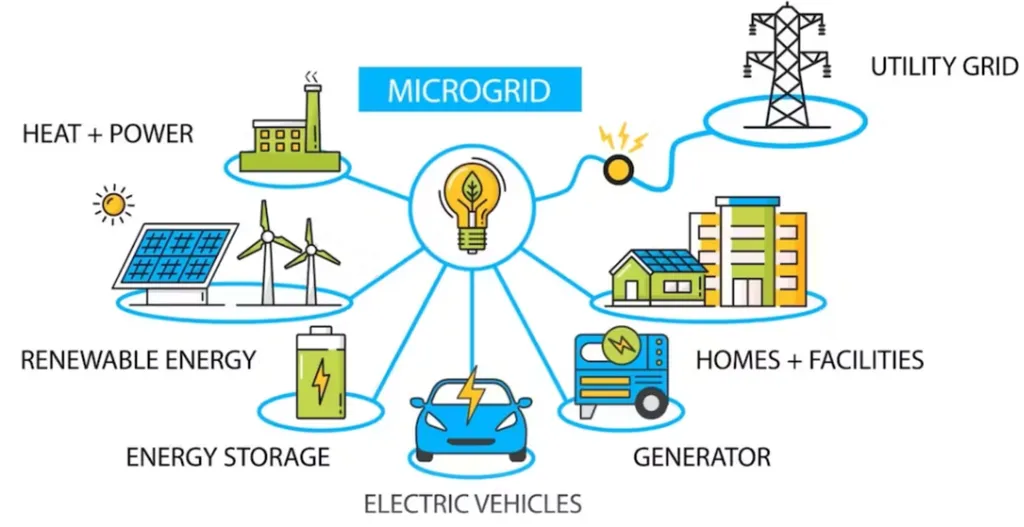In the quest to electrify remote and rural areas, researchers have turned to microgrids as a beacon of hope. A recent study, published in the journal *Energy Conversion and Management: X*, offers a promising approach to optimize these systems, potentially revolutionizing rural electrification and energy management. Led by Ayoub Chrif, a researcher affiliated with LABISEN at ISEN Yncréa Ouest in Nantes, France, and the ESE laboratory at Hassan 2 University in Casablanca, Morocco, the study introduces a techno-economic model that could enhance the reliability and cost-efficiency of multi-microgrid (MMG) systems.
The challenge of rural electrification in remote areas is multifaceted, with limited infrastructure and the need for reliable, cost-effective energy solutions. Microgrids, particularly MMG configurations, have emerged as a scalable and sustainable solution. However, their design and operation require advanced methods to manage their complexity. Chrif and his team have developed a two-stage framework that first determines the optimal sizing of distributed energy resources (DERs) using an intelligent genetic algorithm (GA), then coordinates real-time energy management across interconnected microgrids based on multi-objective optimization.
“This approach ensures voltage stability and system resilience under both grid-connected and isolated operating conditions,” Chrif explains. The model, implemented using MATLAB software, incorporates detailed representations of active and reactive power flows, ensuring robust performance. An incentive-based demand response (IDR) program is also integrated to shift loads from on-peak to off-peak periods, reducing operational costs.
The study’s case study involved a modified IEEE 5-bus system, demonstrating a 24.6% reduction in operational costs through peer-to-peer (P2P) energy exchange and grid reliance minimization. The results highlight voltage stability (±5% deviation), effective battery utilization, and resilience in islanding mode, with a 10% cost reduction from demand response.
The implications of this research are significant for the energy sector. By optimizing the sizing and management of multi-microgrids, the model can enhance the reliability and cost-efficiency of rural electrification efforts. This could lead to more sustainable and scalable energy solutions for remote areas, ultimately improving quality of life and economic opportunities.
As the world continues to grapple with energy challenges, innovative solutions like this one offer a glimpse into a more sustainable and efficient future. Chrif’s work underscores the potential of advanced technologies, such as artificial intelligence and genetic algorithms, in addressing complex energy management issues. The study’s findings could shape future developments in the field, paving the way for more resilient and cost-effective energy systems.
In the words of Chrif, “This research is a step towards making rural electrification more accessible and sustainable. By leveraging advanced technologies, we can create energy solutions that are not only reliable but also economically viable.” As the energy sector continues to evolve, such innovations will be crucial in meeting the growing demand for clean and efficient energy.

